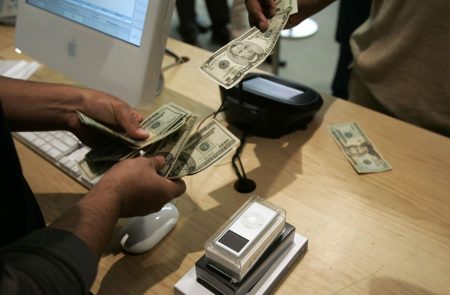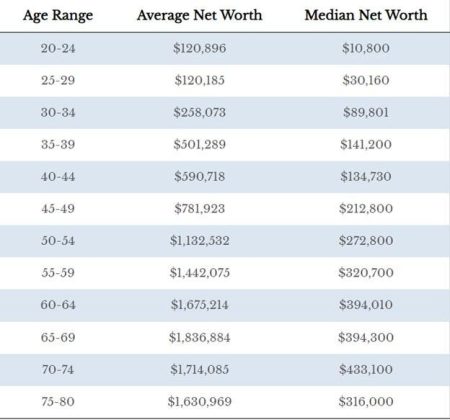The Federal Reserve Chair’s speeches at the annual Jackson Hole meeting have often been used to convey a change in message or policy from the central bank. This year’s address from Chair Powell did not seem to break any new ground, but it provided some clues as to how the Fed views the current situation.
First, some background on how far we have come. The July headline consumer price index (CPI) inflation report was better than expected at 3.2% year-over-year, down from over 9% in June 2022. The core CPI, which is less volatile and excludes food and energy inflation, fell to 4.7% year-over-year. Both remain well above the Fed’s 2% inflation target.
Powell said, “The housing sector is showing signs of picking back up.” He noted that the rebound in housing after 18 months of softening could be an upside risk to economic growth and inflation.
Interestingly, Powell took note of disinflation in housing despite official government CPI data on housing inflation remaining at an elevated level. Using alternative private data, like Zillow data, disinflation is a correct conclusion. Powell’s statement illustrates that the Fed could stop hiking before the headline CPI rate has fallen to the target level.
The supercore CPI level looks at services inflation, excluding energy services and housing. It provides good insights while avoiding the flawed government housing inflation data and volatile commodities. The supercore reflects the excellent progress in the fight against inflation, but it remains elevated at 4.1%. The crucial issue for forecasting the future of inflation is services that are inexorably linked with wages. While wages have moderated, average hourly earnings are growing at a 4.4% year-over-year pace.
Powell indicated that he believed the labor market was softening based on the direction of vacancies, average workweek, and employment growth. This conclusion seems reasonable, and the headline month-over-month change in job growth in the payrolls report looks consistent with some mild softening in the labor market. However, other measures of job growth make the picture murkier. The U.S. household survey research series, which adjusts the household survey of employment to make it comparable with the payroll report, makes the trend of declining job growth less evident.
Powell stated, “Additional evidence of persistently above-trend growth could put further progress on inflation at risk and could warrant further tightening of monetary policy.” This statement is a nod to the firming of home construction and recent data that point to robust GDP growth in the third quarter. The Atlanta Fed’s GDPNow third-quarter economic growth estimate is almost 6%! While it will likely fade from that pace, above-trend economic growth should remain for the quarter.
Rising U.S. Treasury bond yields reflect better economic activity and higher implied inflation readings than at the end of the second quarter. 10-year Treasury yields hit their over a decade high recently, reaching yields not seen since before the global financial crisis. The 2-year Treasury yield is the same story. Rising yields have been the proximate cause of the recent pause in stock prices after their substantial gains in 2023.
Given the economic growth, expectations for any real chance of rate cuts from the Federal Reserve have been pushed out to mid-2024.
Powell’s use of the phrase “proceed carefully” regarding future rate hikes signals that the Fed should refrain from any interest rate hikes at its September meeting to have more time to monitor the impact of its hikes so far on the economy since monetary policy works with a lag. A rate hike at the November meeting remains on the table and is probably more data-dependent than usual. Any decision will likely hinge on the progress in inflation readings, specifically the labor market and wage growth, which makes Friday’s August jobs data a must-watch.
Read the full article here















